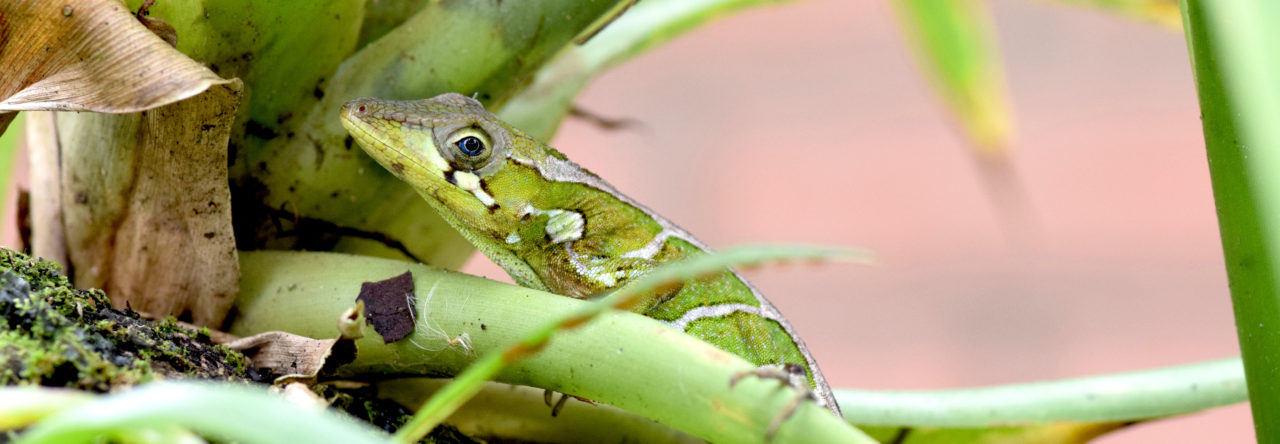We recently posted the lovely guide to Mexican anoles prepared by Gray et al., which featured photographs of 46 species and attracted a lot of attention. Close on its heels comes a new paper in Zootaxa by Gunther Köhler who examines two little known species, A. cumingii and A. guentherii, each known from a single specimen. To make a not very long story short, Köhler examined the type (and only) specimens of both species and concluded that neither is a valid species: cumingii is sunk within A. sericeus and guentherii into the Jamaican A. grahami. In the latter case, it is much more likely that the type locality of “Mexique” for the 1870’s vintage specimen is incorrect than the alternative, that a population of grahami occurs somewhere in Mexico.
This would seem to be a major setback in Anolis’s inexorable climb to the 400 species plateau (put most recently at 386 in a paper I read). Fear not, though—these species have been so poorly known that they were not included in most species listings, including the Gray et al. poster (except A. forbesi).
Köhler concludes by noting that there are a number of other extremely little-known Mexican species requiring further examination, concluding: “However, there are still several nominal species associated with the anoline herpetofauna of Mexico that are of uncertain status, such as Anolis adleri Smith 1972, A. damulus Cope 1864, A. forbesi Smith and Van Gelder 1955, and A. simmonsi Holman 1964. I agree with Lieb (2001) that, as has been the case with the two species treated in the present paper, some, if not the majority, of these enigmatic taxa will be shown to be synonyms of well-known species.” As mentioned, A. forbesi is illustrated in Gray et al.’s guide, and they note that they intend to sink adleri and simmonsi into other species.
- Evolution in Real Time on Lizard Island - March 23, 2025
- Spider Snags Adult Anolis osa - March 22, 2025
- An Homage to the Green Anoles of New Orleans - March 21, 2025


Ramon E. Martínez-Grimaldo
more about the mexican anoles coming soon the next year 😉